Zhangjiajie National Forest Park
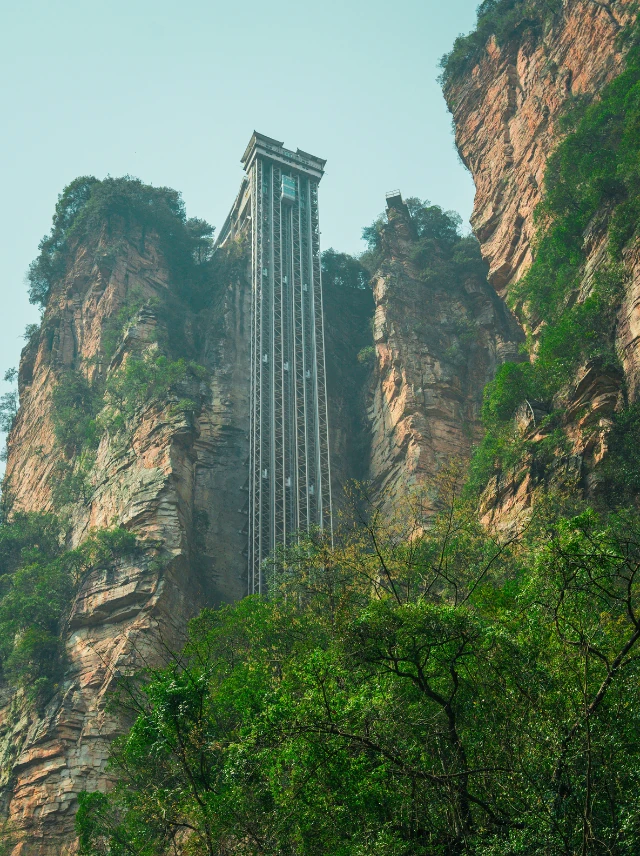
Bailong Elevator, Photo Credit: Sergio Kian
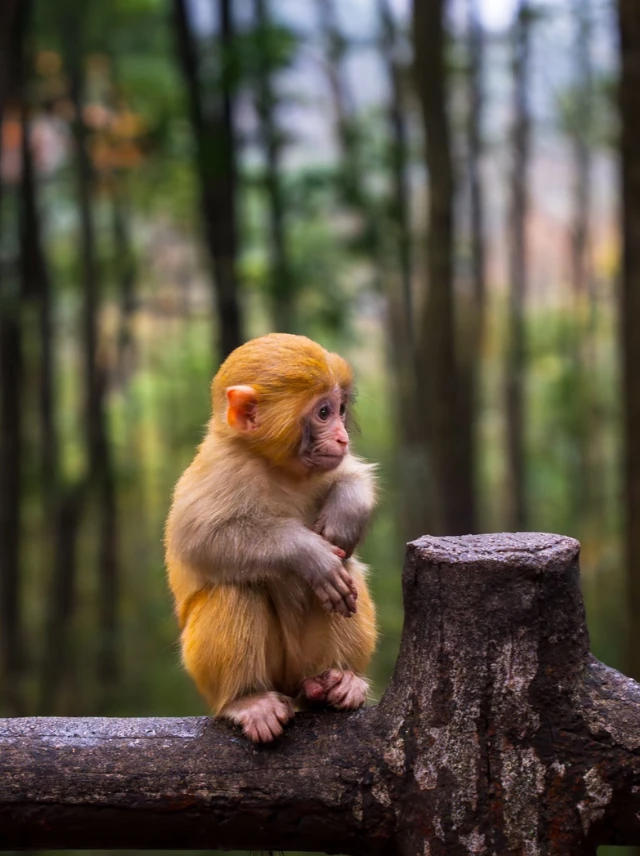
Monkeys, Photo Credit: Leo Lau
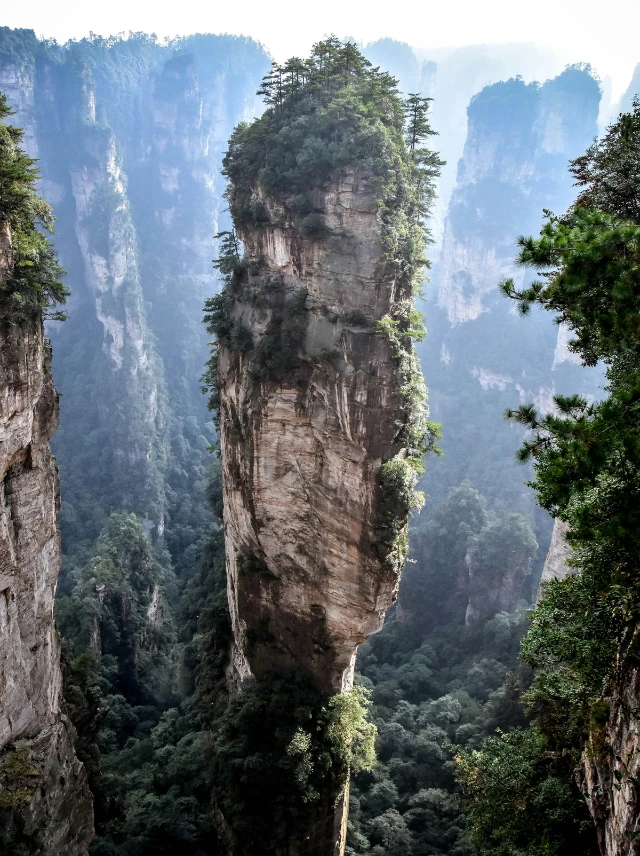
Pillar of Heaven and Earth, Credit: Emile Guillemot
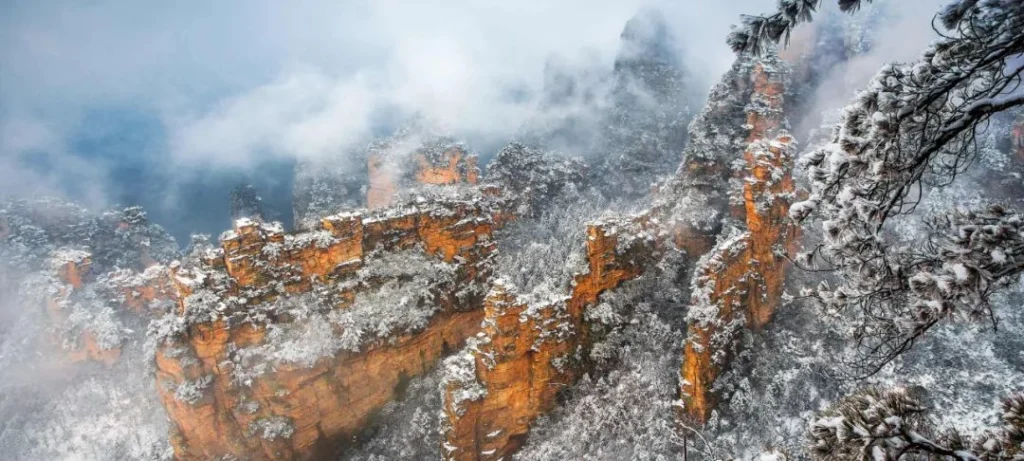
Natural Great Wall, Phtoto Credit: Ziyuan
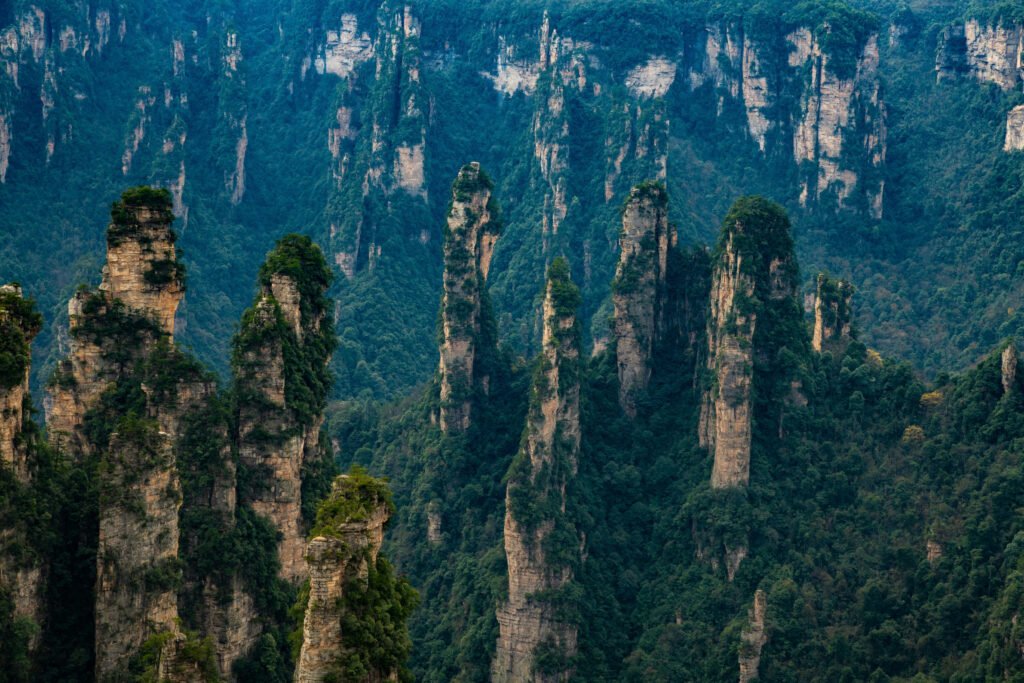
Hallelujah Mountain, Photo Credit: Aurel Serban
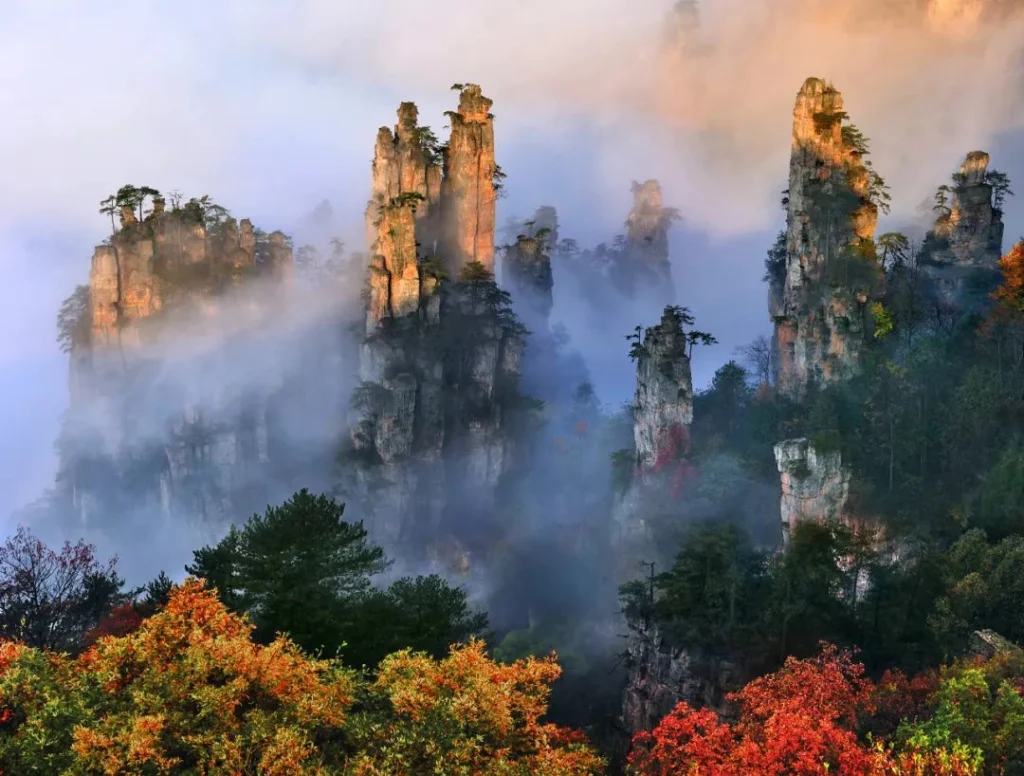
Emperor’s Brush Peak, Photo Credit: Zhangyong
Overview
Why Visit Zhangjiajie National Forest Park
Zhangjiajie is often hailed as a living embodiment of traditional Chinese landscape painting, with its towering sandstone pillars, mist-shrouded peaks, and dramatic rock formations evoking scenes from an ink-wash masterpiece. The Yuanjiajie area within Zhangjiajie National Forest Park served as the inspiration for the floating “Hallelujah Mountains” in the movie Avatar, transporting visitors into a surreal, otherworldly realm. It’s also believed to be the prototype for the landscape featured on the back of China’s 100-yuan banknote, highlighting its iconic status in the country’s natural heritage.
Covering an area of 398 square kilometers, the park is home to more than 3,000 densely packed and well-preserved quartz sandstone pillars, with 243 of them soaring over 1,000 meters in height — creating one of the most dramatic and unique landscapes on Earth.
With an astonishing forest coverage rate of 98%, the park weaves a lush green tapestry rich in biodiversity. The air here is a true gift from nature, with negative oxygen ion concentrations reaching up to 100,000 per cubic centimeter — offering a level of freshness that rejuvenates both body and mind.
Among the park’s many wonders is the “First Bridge Under Heaven” — the highest natural rock bridge in the world — offering breathtaking views from dizzying heights. Nearby, the Bailong Elevator holds the Guinness World Record as the tallest outdoor elevator, with a vertical rise of 335 meters (1,070 feet) and an operational height of 326 meters.
Another highlight is the Natural Great Wall in the Yangjiajie scenic area. Composed of dozens of connected stone ridges resembling a winding wall, it is a stunning example of quartz sandstone peak forest landform. When enveloped in mist, the ridgelines emerge and disappear like brushstrokes in a living scroll of Chinese ink painting.